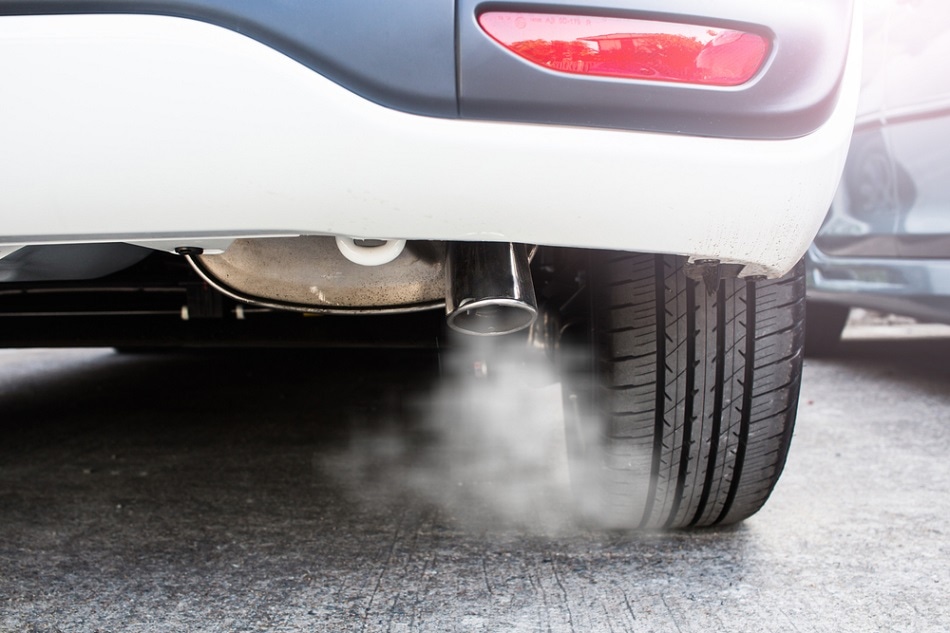Dec 4 2017
Globally, the United States is among the major emitters of greenhouse gas. The Obama government initiated attempts to decrease the figures by improving the standards of vehicle fuel economy in the year 2011 and by introducing its Clean Power Plan (CPP) proposals in the year 2015.
 Orlando_Stocker/ Shutterstock.com
Orlando_Stocker/ Shutterstock.com
Even if the two-pronged approach is executed according to plans, which is unlikely owing to the present government’s energy-policy agenda, it would still be short of the country’s dedication toward the Paris Climate Accord. However, as per new outcomes of a study conducted by John Landis and Erick Guerra from the University of Pennsylvania as well as David Hsu from the Massachusetts Institute of Technology, local attempts in transportation and residential housing can assist in bringing up the difference.
If you ask which end-use sectors are responsible for the most greenhouse gas emissions, the answer is housing and transportation. These are two places where, if you wanted to take a regional approach to reducing greenhouse gases, you could. We wanted to see how far you could go.
John Landis, The Crossways Professor of City & Regional Planning, School of Design, University of Pennsylvania
Landis and his team analyzed historical data from Atlanta, Boston, Chicago, Cleveland, Denver, Houston, Los Angeles, Miami, Philadelphia, Phoenix and Seattle. Then, they created a sequence of spreadsheet models for each location depending upon multiple scenarios, some of which comprised Obama-time federal initiatives, and others did not. The outcomes have been reported in the Journal of Planning Education and Research.
To start with, they analyzed the two sectors one at a time.
In the case of housing, the team ascertained a baseline for every metropolitan area by using U.S. Census data and statistics from the U.S. Energy Information Agency’s Residential Energy Consumption Survey. They then roughly calculated the impact of using energy-conservation and retrofitting standards in combination with and in the absence of the CPP. Without the CPP, the attempts can minimize the emissions from housing-sector on an average by 31% by 2030. In combination with the CPP, the figure improved to a 46% decrease.
“Nationally,” stated Landis, “that would help put us on track to exceed the Paris Accord.”
In the transportation sector, the team adopted GIS mapping of present population densities, in addition to per-capita vehicle miles traveled, collected from the Texas A&M Transportation Institute. The team ascertained that, not including alterations in growth patterns or restricted fuel-economy standards, emissions will increase by 26% by the year 2030, principally because of the estimated growth in population. Even if cities are constructed to be compact and lesser driving was encouraged, yet emissions will increase by 10%. However, in case these attempts were integrated with a fuel-economy standard of 40 mpg, emissions will, on an average, decrease by 31% by the year 2030.
Most of the country is organized in such a way that it’s really inconvenient to get around other than by private car. Marginal changes to the built environment in a lot of those places don’t result in big changes in driving. For many parts of the country, reducing greenhouse gas emissions will really come down to cleaner vehicle technologies.
Erick Guerra, Assistant Professor, Penn Design
Many of the earlier studies in this area of research have concentrated on hypothetical scenarios. As part of this study, the Penn researchers chose to use real numbers from real cities, analyzing datasets that are not normally analyzed together. The team also closely studied the way in which the Obama government (which was in office when the team started their study) and the Trump government take energy proposals ahead.
If the current administration follows through on its promises to weaken previous climate-change policies, then the responsibility for reducing greenhouse gas emissions will fall almost entirely to state and local governments, many of which are not prepared to pick up the slack.
John Landis, The Crossways Professor of City & Regional Planning, School of Design, University of Pennsylvania
In order to recognize the strategies that worked well and to know the reason for this, the team will now endeavor to investigate locations that have hitherto successfully decreased their emission levels.
“In the sense that there is a Phase B, we want to understand the driving forces behind the trends,” stated Landis. “How much of it is the economy? Policy? Maybe certain parts of the country buy new vehicles more frequently than others. Maybe it’s turnover in housing stock.”
The researchers were also of the opinion that cities with a population of less than one million people (that are largely rural and more car-dependent) can provide an entirely distinct outlook, which was not analyzed in the current outcomes. The team concluded that in essence, every place is distinct, and hence attempts carried out in each will differ, yet all attempts have the potential to assist.
“Our population is growing, our economy is growing, so it really takes a combination of multiple factors to actually reduce greenhouse gas emissions,” stated Guerra. “We might reduce them per capita, but the globe doesn’t really care about per-capita emissions. It just cares about the total.”